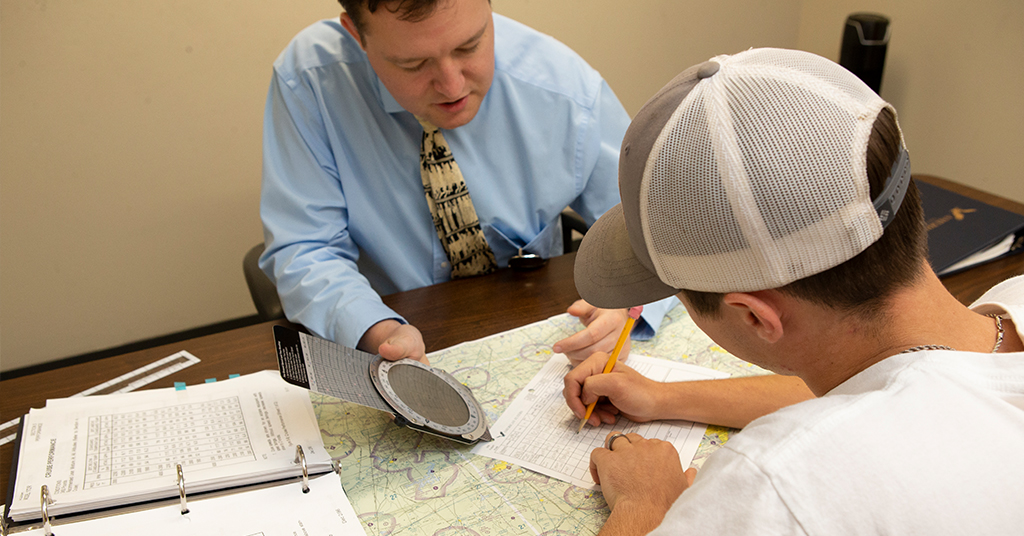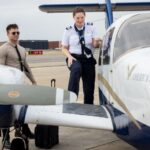By: Steven Daun, National Chief Pilot
If you have had the opportunity to take an FAA checkride in the last year or two, you have probably noticed the emphasis placed on scenario-based questions. The new Airmen Certification Standards (ACS) now require that certain tasks, such as operating as PIC, aircraft airworthiness, inoperative equipment, weather, and fuel reserves are to be evaluated in a scenario-based format. The ACS goes on to say that scenarios should “require the applicant to apply and/or correlate knowledge, experience and information to the circumstances of the given scenario.”
While the term “scenario-based training”(SBT) may seem new, conscientious flight instructors have always required that their students’ understanding of the material go beyond memorization so that they are able to apply what they have learned to real-world situations. However, over recent years, it has become evident that there is a disconnect between some students’ ability to supply the correct answer to a direct question and their ability to put that knowledge to use during flight.
Perhaps the way the emphasis of the older PTS on individual tasks perpetuated that disconnect. If every task was viewed as an isolated undertaking to be evaluated on its own, then how they fit together was underemphasized. In other words, perhaps more emphasis was placed on preparing for checkride tasks than preparing the applicant for flying in the after checkride world.
With that being said, how do CFIs prepare their students to engage in scenario-based training? The first step must always be to identify the objective of each lesson and how it fits into the overall objective of the program. Not all objectives are best served in an SBT format, but many are. For those lessons, the instructor must design appropriate scenarios. For example, when practicing slow flight, the scenario could be: “We are going to apply the slow flight skills to learning how to land. Our slow flight practice is not just an isolated task, but is also designed so that we can learn how the controls feel and how the airplane maneuvers at speeds encountered in the landing process. As we practice slow flight, using various configurations while straight and level, in climbs, turns and descents, we will simulate various parts of the traffic pattern, including the go-around, all at altitude.
Scenario-based training should be incorporated in all phases of flight training. The ground school portion of flight training provides rich opportunities to successfully employ SBT. Rather than asking rote type questions about weather minimums, airspace, chart symbols, fuel reserves, etc., assigning a cross country flight and asking the above type questions in relation to that particular flight, provides real-world application of what students need to know and much better prepares them to be safe and competent pilots.
For some examples of how to employ SBT in different flight training situations go to: www.faa.gov/training_testing/training/fits/scenarios/fis










